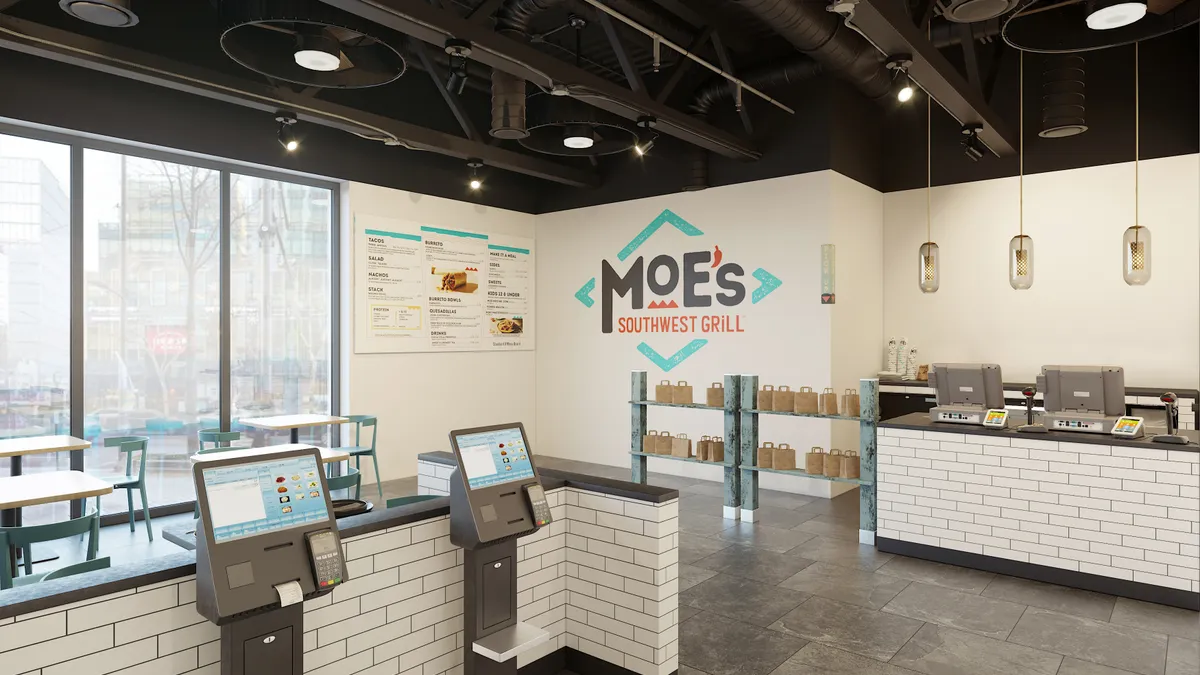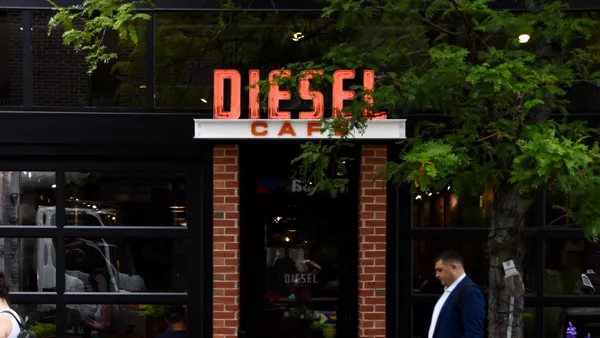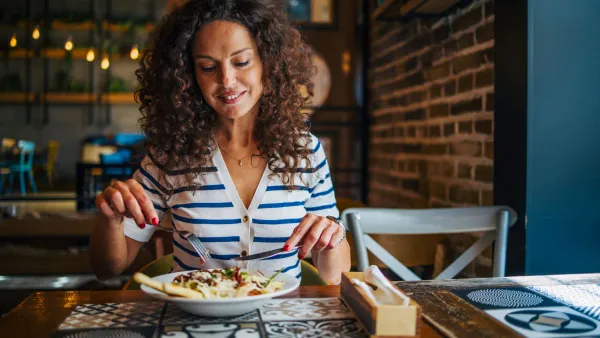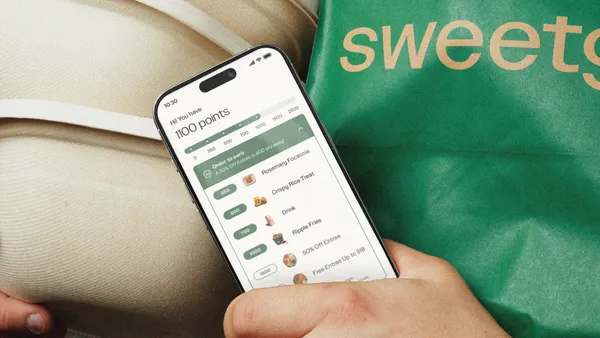Dive Brief:
- Moe’s Southwest Grill will open all-digital, kiosk-only locations in the first quarter of 2020 in Pittsburgh and Charlottsville, Virginia, according to QSR Magazine.
- The kiosks will take cash and Apple Pay as well as card payments. Students at the University of Pittsburgh will be able to use their university credit cards to purchase food at that location.
- Both locations will have one point-of-sale register and seating. The Pittsburgh restaurant will seat approximately 15 people while the Charlottesville restaurant will seat about 40.
Dive Insight:
According to a study cited by Moe’s, 32% of millennials pre-order their meals via their mobile phones, which explains why the company is experimenting with this format near college campuses. This research is backed up by a recent study from the National Restaurant Association, which shows that most millennials — more than six out of 10 —want restaurants to use technology to make ordering and payment easier.
Moe’s has a good case study backing its new focus on digital-first prototypes. When franchisee Mike Geiger piloted a mobile/pickup-only section in one of his restaurants, online sales jumped by 346% year-over-year, according to the company. It can also pull a lesson from its largest competitor in the fast casual Mexican space: Chipotle leans heavily into digital ordering capabilities and accordingly its Q3 results included an 11% jump in same-store sales and digital orders now account for about 18% of the company’s business.
More brands are piloting carryout/delivery-only formats. In the past quarter alone, Starbucks, Chopt and Sweetgreen have opened such models in the New York City market, for example. There’s plenty of reason for this: According to the National Restaurant Association, off-premise sales now make up 60% of all foodservice occasions. As consultant Larry Reinstein told Forbes, pickup and delivery formats will continue to grow in the industry because they’re more cost effective for operators and fit the demands of mobile consumers.
"For people under 30, this is the only thing they know," he said. There are plenty of people under 30 near the University of Pittsburgh and the University of Virginia, so these are good markets for Moe’s to pilot such a model.
The fact that Moe’s is a fast casual may also work in its favor. The segment is still the golden child of the restaurant industry and is the only segment to grow traffic in the past 5 years. It has no doubt taken share away from the quick-service segment with a promise of higher quality food. The one area fast casual hasn’t been able to compete with QSR on is speed. Digital seems to be changing that narrative, however. Chipotle CEO Brian Niccol told CNBC earlier this week that the company’s digital-order-enabled Chipotlane lanes take just 12 seconds.
Across segments, there will always be customers who want actual service from an employee. However, as more consumers become used to such frictionless ordering/payment processes, more models like this will likely popup, particularly in pedestrian-heavy, high-rent urban markets. Research from Tillster shows that 25% of restaurant customers have used a self-ordering kiosk at a restaurant within the past three months — up 7% year-over-year. Further, more than 65% of customers said they would visit a restaurant more often if self-service kiosks were offered, and 30% of customers prefer to order from a kiosk versus a cashier if the lines were of equal length.
Overall, digital orders in the industry, whether via kiosk, mobile or online, have grown by 23% throughout the past four years and are expected to continue at a double-digit clip through 2020. Restaurants are wise to diversity their real estate portfolios to keep up.













